Best Shoes for Metatarsus Adductus – Be Proactive and Don’t Play the Waiting Game!
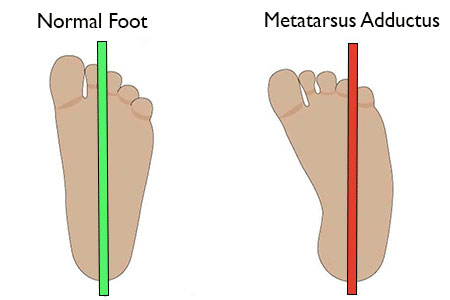
Have you noticed your child walking with the feet turned inwards instead of straight? Has your child been diagnosed with metatarsus adductus (MTA)? Metatarsus adductus is a common foot deformity that causes the front half of the child’s foot (forefoot) to turn inward. I am going to show you a list of the best shoes for metatarsus adductus based on my many years of shoe fitting experience.
Don’t Take the “Wait and See Approach” – Be Proactive!
Are you tired of being ignored by your medical professional even though you have pointed out several times that there seems to be something wrong with your child’s feet? Let me tell you that the earlier you take action, the better. I always suggest that parents take a proactive approach when it comes to treating MTA. Waiting for the condition to resolve on its own can only lead to the condition getting worse!
The main issue that children face when they walk with their feet pointing inwards is the compensation that occurs in the foot. When foot posture is not in alignment then your child’s body will have to recruit more muscles for each movement, which leads to an increase in muscle fatigue, tightness and strain.
To protect the foot and stop that compensation I recommend trying straight last and supportive shoes. Depending on the degree of your child’s foot condition we might have to try an orthotic as well, but it all starts with wearing the correct type of shoes.
My Experience Fitting Children’s Shoes
I have helped several children treat MTA by fitting them with the correct type of shoes. For the last 10 years, I have been working for a specialized children’s shoe store that focuses in helping children with foot and leg problems.
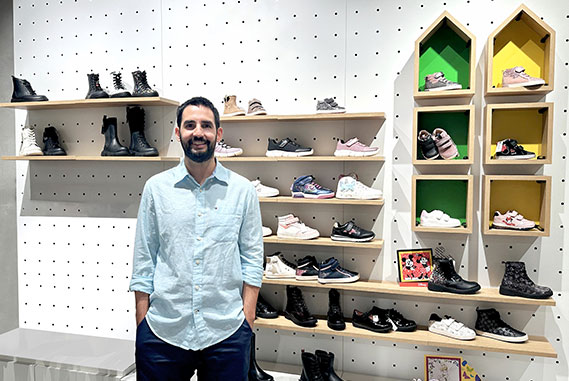
I am not a doctor, but I have seen several children with MTA and experienced firsthand the positive impact that the correct pair of shoes can make. Hopefully, all your child needs is a pair of well-fitted and supportive shoes to avoid a more stressful solution such as serial casting.
How to Figure Out if Your Child Has Metatarsus Adductus?
I have noticed that some of the most common signs of children with MTA are having a high arch and a wide gap between the big toe and the second toe. Tripping is also a common sign of MTA.
Let’s take a look at an image of a child with a high arch:

Let’s take a look at an image of a child with a wide gap between the big toe and the second toe:
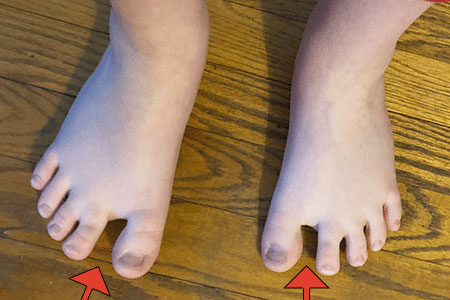
How effective the shoes can be to help treat MTA depends on your child’s age and how severe the condition is. Keep in mind that most medical professionals suggest that children with MTA don’t need treatment because the foot might straighten out as the child grows. It is a fact that in some cases the foot does straighten out as the child grows, but in some other cases, it doesn’t.
Children with MTA may require help controlling lower extremity alignment and base of support. I have noticed that children who walk and run with their feet turned inwards tend to stumble and lose balance more often.
How to Treat Children with MTA? – Be Proactive!
MTA can be flexible or nonflexible. If your child’s forefoot can be aligned, your child has flexible MTA. If it is hard to align with your hand, your child has a nonflexible, stiff foot.
In simple words, if you can straighten your child’s feet with just a little pressure with your hands, it’s highly likely that your child’s forefoot will likely improve with the correct type of shoes or even without any treatment.
As children get older, it’s more likely that they develop a nonflexible foot, which is a lot harder to treat. This is why I am always emphasizing to parents to not play the waiting game, as it just makes it harder to correct.
What Makes the Shoes I Recommend Effective for Children with MTA?
I have fitted certain shoes that provide substantial outsoles for a stable base of support at the medial arch and forefoot, as well as a firm heel counter for optimal ankle and heel support.
1️⃣ Straight Lasts: This is one of the most important features that your kids’ shoes should provide. You need to stay away from shoes that have an excessively curved last as this can exaggerate the deformity. Take a look at the image below for better visualization purposes:

2️⃣ Substantial Outsoles: This feature is going to provide a stable base of support at the medial arch and forefoot. Can you tell how the shoe on the right has a more substantial outsole compared to the shoe on the left?
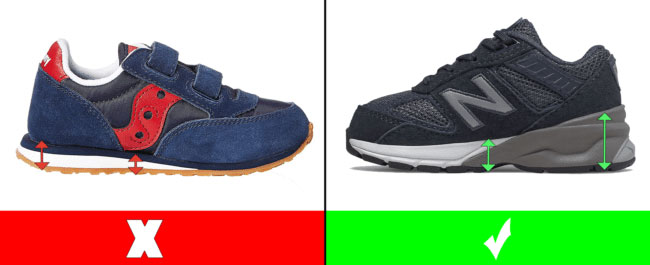
3️⃣ Firm Heel Counters: This part of the shoe provides ankle and heel support. Take a look at the difference between a shoe with a soft heel counter versus a shoe with a firmer one. Always press on the heel counter of your kids’ shoes and make sure it feels firm instead of soft:

4️⃣ Correct Amount of Flexibility: Your kids’ shoes should bend with your child’s toes. The shoes shouldn’t be too stiff or bend too much in the toe box area. If you can bend your child’s shoes like a spiral then it’s highly likely that your kids’ shoes don’t provide the correct amount of support:
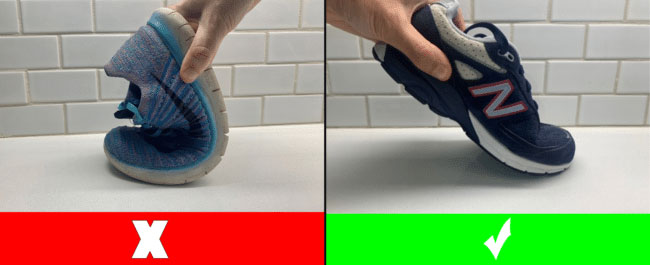
Before I show you a selection of the best shoes for Metatarsus Adductus we need to figure out your child’s exact foot length and foot shape, that way you can order the shoes in the correct size.
How to Retrieve Your Child’s Exact Foot Length and Shape
It’s important to note that shoes that don’t fit properly can aggravate your child’s foot condition. If you don’t order your kids’ shoes in the correct size your child won’t get any of the benefits that the shoes have to offer.
For example, do you know whether your child has narrow, medium, wide, or extra wide feet? Do you know if your child has a high instep? If you are unsure of your child’s foot shape you should use a virtual shoe fitting service I created.
All of the shoes I recommend below are available in different widths such as medium (M), wide (W), and extra wide (XW), so make sure that you choose your child’s shoe width accordingly.
Best Shoes for Metatarsus Adductus
How effective the shoes below will be in helping straighten your child’s forefoot and improve your child’s walking gait and overall posture directly depends on how severe your child’s MTA is. Disclosure: Some links in this post may be affiliate links and we may receive a small commission (at no extra cost to you) when you click our links and make purchases.
- The New Balance shoe style 990V6 is available for toddlers, little, and big kids
- Available in laces and velcro
- Fits children with medium, wide, or extra wide feet
- Suede/mesh upper provides durability and breathability
- Order this shoe half a size larger than your toddler’s current foot size
- The New Balance shoe style 990V6 is available for toddlers, little, and big kids
- Available in laces and velcro
- Fits children with medium, wide, or extra wide feet
- Synthetic/mesh upper provides durability and breathability
- Order this shoe half a size larger than your toddler’s current foot size
- The Stride Rite shoe style Elliot is available for toddlers
- Lace-up closure
- Fits toddlers with medium, wide, or extra wide feet
- 100% leather made
- Order this shoe half a size larger than your toddler’s current foot size
- The Stride Rite shoe style Emilia is available for toddlers
- Lace-up closure
- Fits toddlers with medium, wide, or extra wide feet
- 100% leather made
- Order this shoe a whole size larger than your toddler’s current foot size
- The Timberland shoe style Tracks is available for toddlers
- Double velcro straps
- Fits toddlers with medium or wide feet
- Water-friendly
- Order this shoe a whole size larger than your toddler’s current foot size
- The New Balance shoe style 574 is available for toddlers
- Available in velcro and laces
- Fits children with medium, wide, or extra wide feet
- Synthetic/mesh upper provides durability and breathability
- Order this shoe a whole size larger than your toddler’s current foot size
- The New Balance shoe style 990V6 is available for toddlers, little, and big kids
- Available in velcro and laces
- Fits children with medium, wide, or extra wide feet
- Synthetic/mesh upper provides durability and breathability
- Order this shoe a half size larger than your toddler’s current foot size
- The Memo shoe style Gabi is available for toddlers and little kids
- Double velcro straps
- Fits children with medium or wide feet
- Genuine leather and breathable mesh
- Thermoplastic asymmetric stiff heel counter for proper feet protection and stabilization
- Order this shoe half a size larger than your toddler’s current foot size
- The Memo shoe style Gabi is available for toddlers and little kids
- Double velcro straps
- Fits children with medium or wide feet
- Genuine leather and breathable mesh
- Thermoplastic asymmetric stiff heel counter for proper feet protection and stabilization
- Order this shoe half a size larger than your toddler’s current foot size
- The Saucony shoe style Cohesion is available for toddlers
- Velcro closure
- Fits toddlers with medium or wide feet
- Heel grid system for stable cushioning
- Compression molded EVA footbed for comfort
- Order this shoe a whole size larger than your toddler’s current foot size
- The Timberland shoe style Bootie fits toddlers and little kids
- Double velcro straps
- Fits children with medium or wide feet
- Padded collar for a comfortable fit around the ankle
- Water-friendly
- Order this shoe a whole size larger than your toddler’s current foot size
- The Memo shoe style Princessa fits toddlers and little kids
- Double velcro straps
- Fits children with medium or wide feet
- This is an ORTHOPEDIC shoe
- Rigid heel counter
- Order this shoe half a size larger than your toddler’s current foot size
- The Saucony shoe style Cohesion KDZ is available for little and big kids
- Velcro closure
- Fits children with medium and wide feet
- Heel grid system for stable cushioning
- Compression molded EVA footbed for comfort
- Order this shoe a half size larger than your child’s current foot size
- The Saucony shoe style Cohesion KDZ is available for little and big kids
- Velcro closure
- Fits children with medium and wide feet
- Synthetic and mesh upper
- Heel grid system for stable cushioning
- Order this shoe half a size larger than your child’s current foot size
- The New Balance shoe style Fresh Foam 650 is available for little and big kids
- Fits children with medium, wide, or extra wide feet
- Velcro closure
- ABZORB midsole absorbs impact through a combination of cushioning and compression resistance
- Mesh upper material features no-sew overlays for a sleek fit and feel
- Order this shoe half a size larger than your child’s current foot size
- The New Balance shoe style Fresh Foam Arishi v4 is available for little and big kids
- Fits children with medium, wide, or extra wide feet
- Velcro closure
- ABZORB midsole absorbs impact through a combination of cushioning and compression resistance
- Mesh upper material features no-sew overlays for a sleek fit and feel
- Order this shoe half a size larger than your child’s current foot size
- The New Balance shoe style 2002 is available for toddlers and little kids
- Available in laces
- Fits children with medium and wide feet
- Suede/mesh upper provides durability and breathability
- Order this shoe half a size larger than your toddler’s current foot size
- The New Balance shoe style 2002 is available for toddlers and little kids
- Available in laces
- Fits children with medium and wide feet
- Suede/mesh upper provides durability and breathability
- Order this shoe half a size larger than your toddler’s current foot size
- The New Balance shoe style Fresh Foam 650 is available for little and big kids
- Fits children with medium, wide, or extra wide feet
- Velcro closure
- Synthetic and engineered mesh upper
- Fresh Foam midsole cushioning is precision engineered to deliver an ultra-cushioned, lightweight ride
- Order this shoe a half size larger than your child’s current foot size
- The Memo shoe style Polo is available for little and big kids
- Triple velcro straps
- Fits children with medium or wide feet
- This is an orthopedic shoe
- Thermoplastic rigid heel counter
- Order this shoe a half size larger than your child’s current foot size
- The Memo shoe style Chicago is available for little and big kids
- Triple velcro straps
- Fits children with medium or wide feet
- This is an orthopedic shoe
- Thermoplastic rigid heel counter
- Order this shoe a half size larger than your child’s current foot size
- The New Balance shoe style Coco is available for little and big kids
- Lace-up closure
- Fits children with medium or wide feet
- NDurance rubber outsole technology provides superior durability in high-wear areas to help get more out of the shoes
- Order this shoe a half size larger than your child’s current foot size
- The Adidas shoe style Own the Game 2.0 is available for little and big kids
- Lace-up closure
- Fits children with medium or wide feet
- Supportive outsoles and firm heel counter
- Order this shoe a half size larger than your child’s current foot size
- The Adidas shoe style Cross Em Up Select is available for little kids
- Lace-up closure
- Fits children with medium or wide feet
- Non-marking outsole
- Order this shoe a whole larger than your child’s current foot size
- The Saucony shoe style Kinvara LTT is available for little and big kids
- Lace-up closure
- Fits children with medium or wide feet
- Cushioned footbed
- Order this shoe a whole size larger than your child’s current foot size
- The Saucony shoe style Shadow 6000 is available for little and big kids
- Lace-up closure
- Fits children with medium or wide feet
- Cushioned footbed
- Order this shoe half a size larger than your child’s current foot size
- The New Balance shoe style 574 is available for little and big kids
- Lace-up closure
- Fits children with medium or wide feet
- ENCAP midsole cushioning provides good arch and heel support
- Order this shoe half a size larger than your child’s current foot size
- The New Balance shoe style 327 is available for little and big kids
- Lace-up closure
- Fits children with medium or wide feet
- Suede and mesh upper
- Order this shoe a whole size larger than your child’s current foot size
- The New Balance shoe style Fresh Foam X 1080v13 is available for big kids
- Lace-up closure
- Fits children with medium or wide feet
- Suede and mesh upper
- Order this shoe half a size larger than your child’s current foot size
- The New Balance shoe style Fresh Foam X 1080v13 is available for big kids
- Lace-up closure
- Fits children with medium or wide feet
- Suede and mesh upper
- Order this shoe half a size larger than your child’s current foot size
Are Any Other Shoe Choices Available?
Do not hesitate to contact me directly at my e-mail if your child has narrow feet and needs different shoe recommendations. My e-mail address is:
Does Your Child Wear Orthotics?
Shoes with shoelaces always provide better support and stability compared to shoes with velcro closure. I understand that it can be a challenge for parents to provide their children who don’t know how to tie their shoes yet with a pair of shoelaces, but trust me that they make a big difference. I suggest that you apply the following shoe lacing technique for your child to get maximum support and stability from the shoes.
Remember to please be proactive as children with MTA may have an increased risk for developmental dysplasia of the hip. Keep in mind that children with very rigid or severe MTA may need surgery.
I speak with parents of children with MTA frequently and some of these parents had MTA themselves and now they have to deal with terrible pain because of it. These parents are always telling me how they wish their parents did more when they were younger, but back in the day, they didn’t know how to treat it.

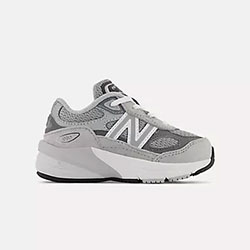

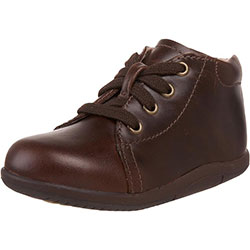

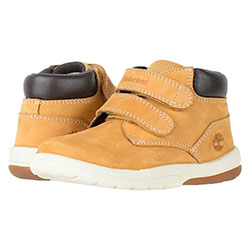
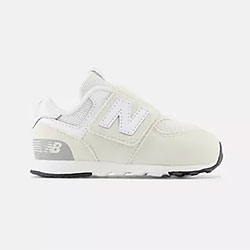
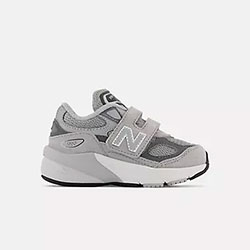

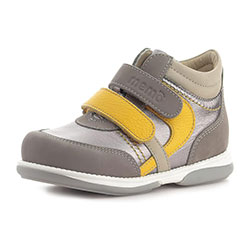
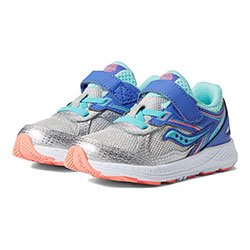
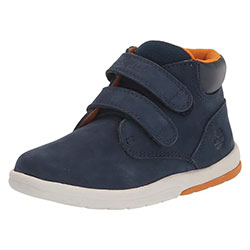
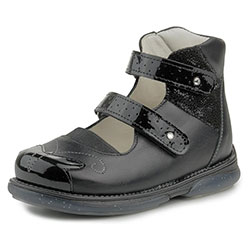




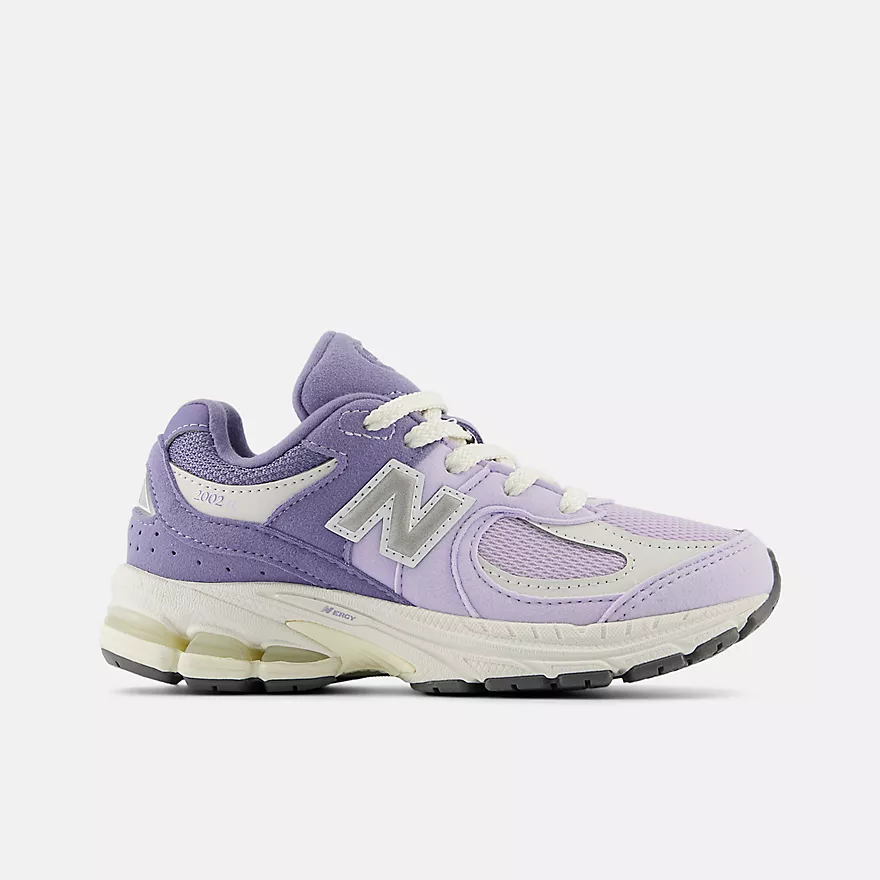
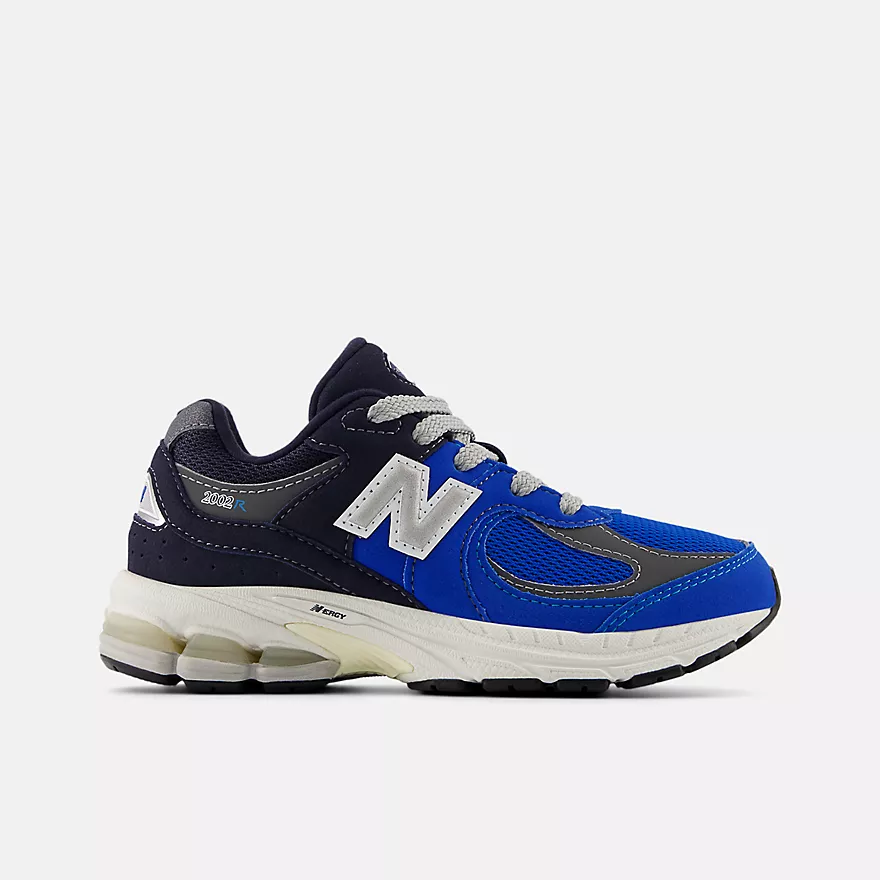

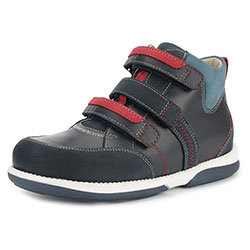
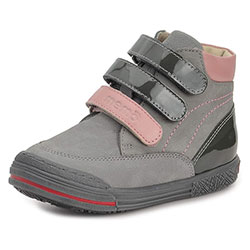
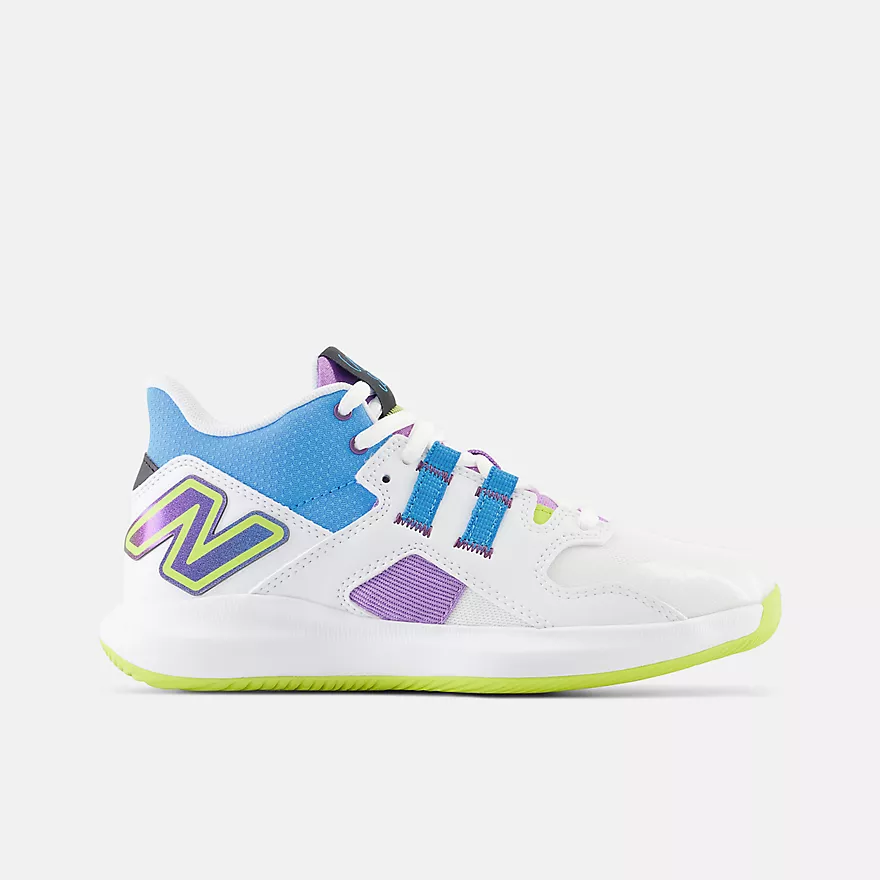
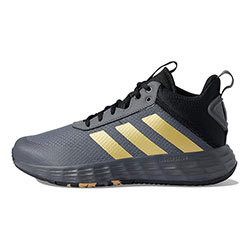
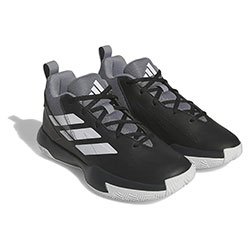






My 9 month old son has flexible MTA. I’m looking ahead to this summer when he starts walking. We’re stride rite fans and like that they’re apma certified so I’ll be getting the Elliot. We live in Texas though and need a good sandal option if possible. Do you have any recommendations for sandals for toddlers? His foot currently measures 3.5 XW (11cm length) but will be obviously a bit bigger when he starts walking this summer.
Hello Kacey,
I recommend sandals that provide a stable base of support. You can find my recommendations below:
Option 1
Option 2 This is an orthopedic sandal.
Option 3
Let me know if you have any other questions.
My son is 2.5 years and had significant MTA at birth. He still has some curve in one foot. He currently wears a 9-9.5 toddler medium width. I am really eyeballing a straight last shoe so I am hoping for some professional input. We are located in Texas, USA.
Hello Tory,
Do you already have a specific shoe style in mind or you would like specific shoe recommendations?
I am looking for a sneaker. My son wants to be super independent so I have been opting for Velcro straps. I personally do not have a preference.
Hello Tory,
Shoes with laces help provide better support and stability compared to shoes with velcro closure, but if your son wants to be able to put the shoes on and off by himself, the velcro option might be more appropriate:
Option 1
Option 2 Option 2 with Laces
Option 3
Let me know if you have any other questions.
I have a 12 month old with MTA. It’s flexible and more noticeable on left foot than right. We were advised to continue massaging her feet but as she begins to walk we would like to get her shoes that will help her. Do you have suggestions based in the US for size 4/5
Hello Kita,
To recommend specific shoes for your daughter I first would need to know her foot shape (narrow, medium, wide, extra wide), and whether you are willing to try shoes with laces or not.
Hi Juan,
Her foot shape is a medium. We are willing to try shoes with or without laces. She gets hot easily and we live in a hotter climate area so if sandal type shoes would also be a plus.
Hello Kita,
These are the sneakers that I recommend as they provide a stable base of support, have firm heel counters, and straight lasts. Please be aware that the shoes below are not very breathable, so I will also provide you with some sandals recommendations.
Option 1
Option 2
Option 3
These are the sandals that I recommend:
Option 1
Option 2
Let me know if you have any other questions.
Hi,
We are interested in publishing one link on your this page https://fittingchildrenshoes.com/best-shoes-for-metatarsus-adductus-be-proactive-and-dont-play-the-waiting-game
Our link is related to gaming site name solitaire-masters.com
Our fee is $40/- each link.
We have lots of clients so you will get regular orders from us.
Please let me know can i send you link details?
Waiting for your co-operative reply,
Regards
Matt John
Hello Matt,
For these types of inquiries please contact: [email protected]
Thank you.
Hi Juan Pablo,
My son is 9months old and has been diagnosed with MTA. He seem to have a flexible type of MTA too but as recommended by his doctor, during his 6th or 7th month he underwent serial casting to try correct the condition. It improved ever so slightly but still curving inwards. We stopped with the casting but was advised to just continue stretching therapy. I feel that he may need to wear shoes to help but we are finding it hard to look for the right one as he has small and narrow feet. Can you help recommend the best shoes for his case? Thanksomuch
Hello,
I am happy to recommend specific shoes for your son but first I need to know what shoe size he wears and the country you are contacting me to check what specific shoes are available in your area.
I am a mother of a 50 year old adult male who 5 months ago was diagnosed with MTA !! He Never had this problem as a child!!
He is on his feet 12-15 hours a day……….has had equipment dropped on his feet, about a year ago. An exray last year showed broken toes that (they said) had not heeled !! The Orthopedic Dr diagnosed him with MTA and wanted him to be fitted for a boot. The Dr told him his metatarsal bones would keep on braking if he did not do that!!! (the boot). being 50 miles away from the Orthopedic place he has neglected to do that…plus he is totally dependant on his income to eat!!
I am leary of this diagnosis since ev erything I read is for children!! That Dr took xrays……he should know…
His bones stick out on the left side of his right food and it now curves……kind of like the look of the MTA in children, but, I wonder if that is just from the broken toes and metatarsal bones!!!!
What would you suggest ?? A second opinion. WE live in a rural area and he has been to 3 drs….. it was pathetic
The last Dr is in Cumberland MD a group of orthodedic DRs.
This is all….. Thank you so much for this site and the chance to write you
Hello Nina,
Thank you for sharing this and I am sorry to hear that your son is dealing with such a difficult situation.
Is your son experiencing pain on his feet?
what can you recommend for an adult with size 15 feet? I had this as a child, but either it never fully corrected or got worse in old age (now 58.) Now it’s bad enough that have to wear 4E or wider. The problem is that most shoes have plastic protective layer around the toe box, and of course my big toe quickly gets sore.
Hello Amos,
Does the front part of your big toe rubs against the front part of the shoe?
I usually don’t recommend shoes that I haven’t fitted before, but after doing some research online, I have found two styles that might work for your feet. The first style is available in extra wide widths and provides extra depth, and the other one is available in XX-Wide and also provides extra depth.
Option 1
Option 2
I hope this helps.
Hi Juan,
I am in the UK and we have been told that my 2 year old has MTA and to get her supportive shoes. Her feet are narrow, are there any you would recommend within the UK market? Thanks
Hello,
Check if you can find a shoe style made by Stride Rite called Elliot. You can also check if you can find this style made by New Balance: 888V2
Shoes with shoelaces will provide better support and stability for your daughter’s feet, and they will help accommodate the shape of her narrow feet better. If you buy a pair of shoes with shoelaces I suggest that you apply this shoe lacing technique: How to tie shoes for kids with narrow feet
Hello Juan! I just would like to ask, where can a find a shoe like on the first picture with red color?
(My 5 years old boy has MTA, he wear the right pair of shoes on his left foot when he was smaller, but now I try to find a good shoe for him). Thanks for your answer!
Hello Adrienn,
I am not sure what specific shoe you are referring to. Are you trying to find a pair of shoes with straight lasts to help treat your sons’ MTA? I am happy to recommend specific shoes for your son but I first need to know whether your son’s feet are narrow, medium, wide, or extra wide.
Hello Juan!
My son’s feet are narrow or medium.
Yes, I try to find a good shoe, what is enough strong for take the feet straight. (the picture what I ask, is the first of this website, but it is not interesting-only looks good for us).
Hello Adrienn,
Below you can find shoes with straight lasts that can fit children with narrow or medium feet:
Option 1
Option 2
Thank you for your answer!
Happy to help!
Hi Juan,
I think my 10 year old son has mild MTA. I haven’t seen a podiatrist yet, but I will ask for a referral from our pediatrician in 3 weeks. Is it possible for his MTA to be corrected at this age by just wearing the correct size shoes?
Hello Sinette,
I am not a medical professional, but I believe that for a child who is 10 years old we can help treat the condition, not correct it. The idea is for your son to be able to perform his daily activities without any pain or discomfort.
To help treat MTA you need to find shoes that provide supportive outsoles, firm heel counters, and straight lasts. The shoes need to be worn in the correct size in order for the child to get the full support and stability that the shoes have to offer.
Is your son complaining about any foot or leg pain?
My son is autistic and non-verbal. He doesn’t understand how to communicate pain through his iPad yet, nor specify where and what type of pain he is experiencing. I notice that he often rubs his feet and would always drag his feet when he walks. His gait seems a little off. I wonder if serial casting would be effective at his age. I’m really hoping we can see the podiatrist soon so that he can give me some answers. I’m just upset that I didn’t catch this condition sooner. I will send you a separate email with pictures of his feet and measurements so that I can at least get him to wear correct shoes. 2 years ago, a former employe of a shoe store told me that my son has wide feet just by looking at it. So 2 years ago I started buying him new balance shoes with the wide width. When I got his feet measured today at a shoe store, they told me he actually is a medium width. So for the past 2 years, he has been wearing shoes too wide for his feet. Could this have contributed to his MTA? Have you ever heard or seen a child’s foot shape being affected by shoes being too wide?
Hello Sinette,
The good news is that you will meet with a podiatrist soon, so hopefully you will get some answers.
As far as shoes are concerned, wearing shoes that are too wide won’t contribute to your son’s MTA. However, wearing shoes that are too wide can lead to other complications such as compromising your child’s stability. Shoes that are too wide can also lead to blisters and other foot issues as the foot will move too much inside of the shoes. I will wait for the email with the images to confirm your son’s foot shape.
Hi
My 13-year-old son has a flexible metatarsus adductus. He doesn’t have a complaint now; however, you can notice the problem when he steps on his feet. He also has narrow feet. We are looking for a shoe brand and cannot decide between Brooks and New Balance. His foot number is 6.5. Can you please give us an advice?
Hello Gokhan,
Since your son has narrow feet, I believe he will benefit from wearing certain shoes from Asics or Saucony instead of Brooks or New Balance. However, not all shoes from Asics or Saucony provide the correct amount of support and straight lasts. I saw that you also sent me an email so I will send you specific shoe recommendations to your email.